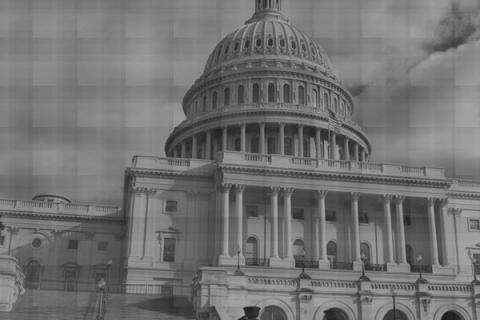People who are upset about the Supreme Court often have a remedy in mind: appointing judges who will follow the original understanding of the Constitution. But reliance on original intent would be no cure-all.
To begin with, the historical record doesn't always provide a clear understanding of the founders' original intent(s). There are gaps in the historical record. When the first Congress passed the Bill of Rights, the Senate did not keep any notes of the debates. We know they made changes in language but we don't always know why. Often, the Framers didn't talk very much about the issues that we care most about today – they just weren't as significant at the time. For instance, there was almost no discussion of the meaning of interstate commerce.
And the Founding Fathers didn't always share the same interpretations. Opponents and supporters of the Constitution had different interpretation of some of the language, including very different views of how much power it gave the federal government. It became clear that even supporters like Madison and Hamilton disagreed about what it meant. Almost as soon as the Constitution was adopted, they quarreled about the scope of federal power and about presidential authority in foreign affairs.
Ambiguous history is not just a theoretical problem. The difficulty of finding clear answers in the historical record was obvious in the Supreme Court opinions on the Second Amendment, where both sides were able to find reams of historical support for their positions.
These difficulties in interpreting history are compounded by another problem. The Framers expressed support for general concepts but their applications of those concepts often seems off-kilter to us. The same people could speak boldly about abolishing inequality and then in the same breath endorse laws restricting women's rights or turn around and support school segregation. Which do we honor – their embrace of the concept of equality or the way they applied the concept? Two judges, both dedicated to the original understanding of the Constitution, can disagree about this and reach opposite results.
A related question is how to apply the Constitution to new facts. How do the Fourth Amendment's restrictions on searches apply to wiretaps? What does “freedom of the press” mean for blogs? What about the First Amendment rights of corporations, which barely existed when the Amendment was written? The world has changed in many ways since the days of the Framers, and it may be far from obvious how to take that into account.
A final problem is how to deal with precedent. People rely on rulings by the Supreme Court to provide consistency and prevent the proverbial rug from being pulled out from under them. But it can be difficult to decide when an erroneous ruling should be left intact. Again, reasonable judges can reach different conclusions even if they are both believers in upholding the original intention of the Constitution.
Should original intent be the main ingredient in constitutional law? Scholars and judges debate that issue. One thing is clear: reliance on original intent will not banish fierce debates from constitutional law.


